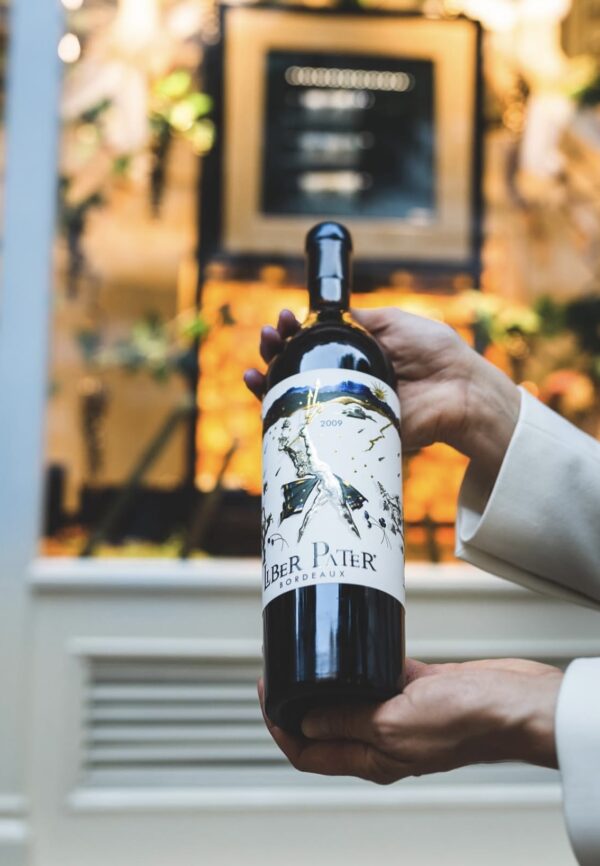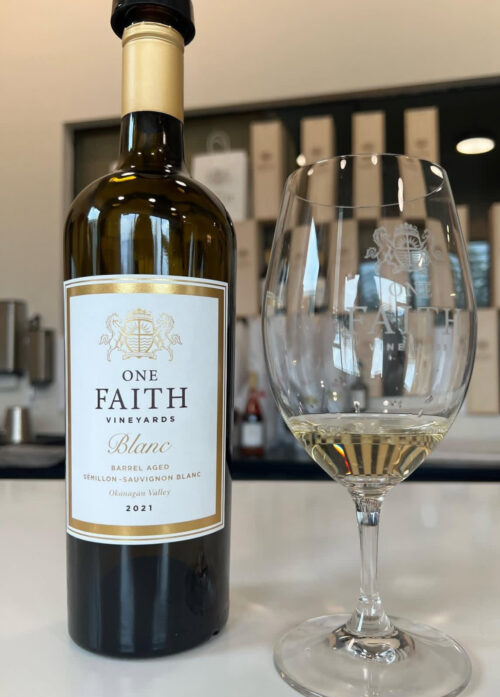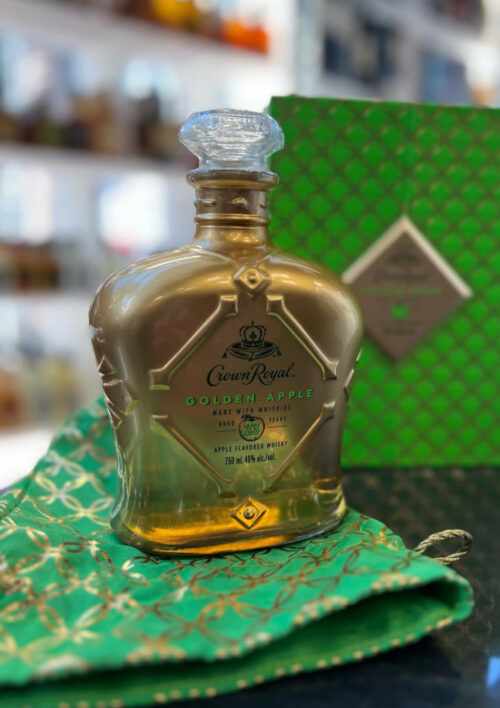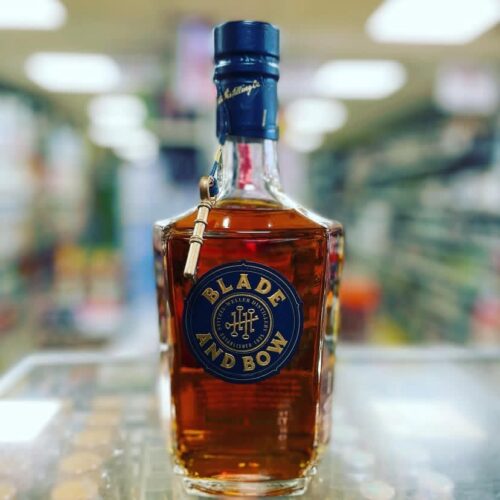Liber Pater Blanc Graves: The Elusive White Wine Defying Bordeaux Conventions
Introduction
In the storied vineyards of Bordeaux’s Graves region, where tradition often reigns supreme, Château Liber Pater has carved a niche as one of the world’s most audacious wineries. Its Liber Pater Blanc Graves—a white wine as enigmatic as its name—embodies a radical fusion of ancient practices and modern rebellion. Named after the Roman god of wine and freedom, this wine challenges Bordeaux’s rigid appellation system while resurrecting nearly extinct grape varieties. This 2000-word article uncovers the story behind Liber Pater Blanc Graves, exploring its history, craftsmanship, controversies, and cultural resonance, alongside answers to the most searched questions about this cult-classic wine.

Part 1: The Graves Region – A Terroir of Stone and Legacy
Historical Significance
The Graves appellation, stretching south of Bordeaux along the Garonne River, derives its name from its gravelly soils, ideal for drainage and heat retention. Known for both red and white wines, Graves has produced structured, mineral-driven whites since the Middle Ages. Its chalky subsoils and maritime climate yield wines with crisp acidity and longevity, traits celebrated in classics like Château Haut-Brion Blanc.
Liber Pater’s Entry into Graves
Winemaker Loïc Pasquet founded Château Liber Pater in 2005, acquiring a modest 5-hectare plot in Landiras, a subzone of Graves. While the estate initially focused on reds, Pasquet’s obsession with pre-phylloxera viticulture led him to experiment with white varieties nearly erased by the 19th-century pest crisis.
Part 2: Crafting Liber Pater Blanc Graves – A Return to Antiquity
The Grapes: Resurrecting Lost Varieties
Liber Pater Blanc Graves defies Bordeaux’s white wine norms by blending:
-
Sémillon: A traditional base, offering honeyed texture.
-
Sauvignon Blanc: Adds citrus and herbal notes.
-
Pre-Phylloxera Rarities: Including Len de l’El (aka Loin de l’Œil) and Blanc Dame, grapes once common in Southwest France but banned under modern AOC laws.
These varieties, grafted onto disease-resistant rootstocks, thrive in Liber Pater’s gravel-and-clay soils, yielding tiny quantities of intensely flavored berries.
Biodynamic Philosophy
Pasquet employs methods inspired by Roman viticulture:
-
Lunar Harvesting: Grapes are picked during descending moon phases for “balanced sap.”
-
Amphora Aging: Wines mature in unlined clay vessels, enhancing mineral transfer and reducing oak influence.
-
Zero Additives: Native yeasts drive fermentation; no sulfites or fining agents are used.
Production: Scarcity as Hallmark
Annual production rarely exceeds 500 bottles, with each vine spaced 3 meters apart to reduce yields. The wine ages for 18–24 months before release, a process Pasquet calls “letting the soil speak.”
Part 3: The Wine – Profile, Exclusivity, and Controversy
Tasting Notes
Critics describe Liber Pater Blanc Graves as:
-
Aroma: White flowers, quince, flint, and a hint of beeswax.
-
Palate: Layers of lemon curd, toasted almond, and saline minerality.
-
Structure: Razor-sharp acidity balanced by a creamy mid-palate, with a finish echoing crushed limestone.
Market Position
-
Price: €2,500–€5,000 per bottle, making it one of Bordeaux’s priciest whites.
-
Audience: Sold via private allocations to collectors in Asia, the U.S., and Europe.
Controversies
-
AOC Rejection: The INAO excludes Liber Pater Blanc Graves from Graves AOC for using “unauthorized” grapes.
-
Legal Battles: Pasquet faced fines in 2017 for circumventing French land laws to expand his vineyard.
Part 4: Cultural Impact – Challenging the Status Quo
A Symbol of Rebellion
Liber Pater Blanc Graves has become a rallying point for debates on wine authenticity. Pasquet argues, “Appellation laws preserve history but stifle innovation.” His work has inspired a niche movement of “neo-vignerons” reviving ancestral methods. Pater Blanc for sale.
Media and Popular Culture
-
Documentaries like The Forbidden Wine (2021) explore Pasquet’s battles with regulators.
-
Sommeliers praise the wine’s “emotional depth,” though some critics dismiss it as “an expensive gimmick.”
People Also Ask: Common Questions About Liber Pater Blanc Graves
-
What grapes are in Liber Pater Blanc Graves?
A blend of Sémillon, Sauvignon Blanc, and rare pre-phylloxera varieties like Len de l’El and Blanc Dame. -
Why is it so expensive?
Ultra-low yields (10 hl/ha), manual amphora aging, and legal fines inflate costs. -
Where can I buy Liber Pater Blanc Graves?
Exclusively through private wine merchants like Berry Bros & Rudd or La Maison du Whisky. -
How does it compare to other Bordeaux whites?
More textural and mineral than Pessac-Léognan wines, with atypical floral notes from ancient grapes. -
Is it worth the price?
Subjective; collectors value its rarity, while critics argue similar quality exists at lower prices. -
What food pairs well with it?
-
Rich seafood (lobster, scallops) or aged Comté cheese.
-
Has it won awards?
Rarely entered in competitions, but wine critic Jancis Robinson awarded the 2015 vintage 18/20 points. -
Why is it excluded from Graves AOC?
AOC rules mandate 70% Sémillon/Sauvignon Blanc; Liber Pater uses “illegal” historic varieties. -
Does Loïc Pasquet make other wines?
Yes, including a red Liber Pater blend and a rosé, both equally controversial. -
Is the wine organic?
Yes, though uncertified due to Pasquet’s refusal to engage with regulatory bodies.
Conclusion
Liber Pater Blanc Graves is more than a wine—it’s a manifesto in a bottle. By resurrecting forgotten grapes and defying modern norms, Loïc Pasquet channels the spirit of Liber Pater, the Roman god who championed both fertility and freedom. Whether viewed as a masterpiece or folly, this wine forces us to question: Should tradition preserve or evolve? In its silky texture and stony finish, Liber Pater Blanc Graves offers a taste of history, rebellion, and the unyielding pursuit of authenticity. As Pasquet quips, “True freedom is crafting wine without permission.”






Reviews
There are no reviews yet.